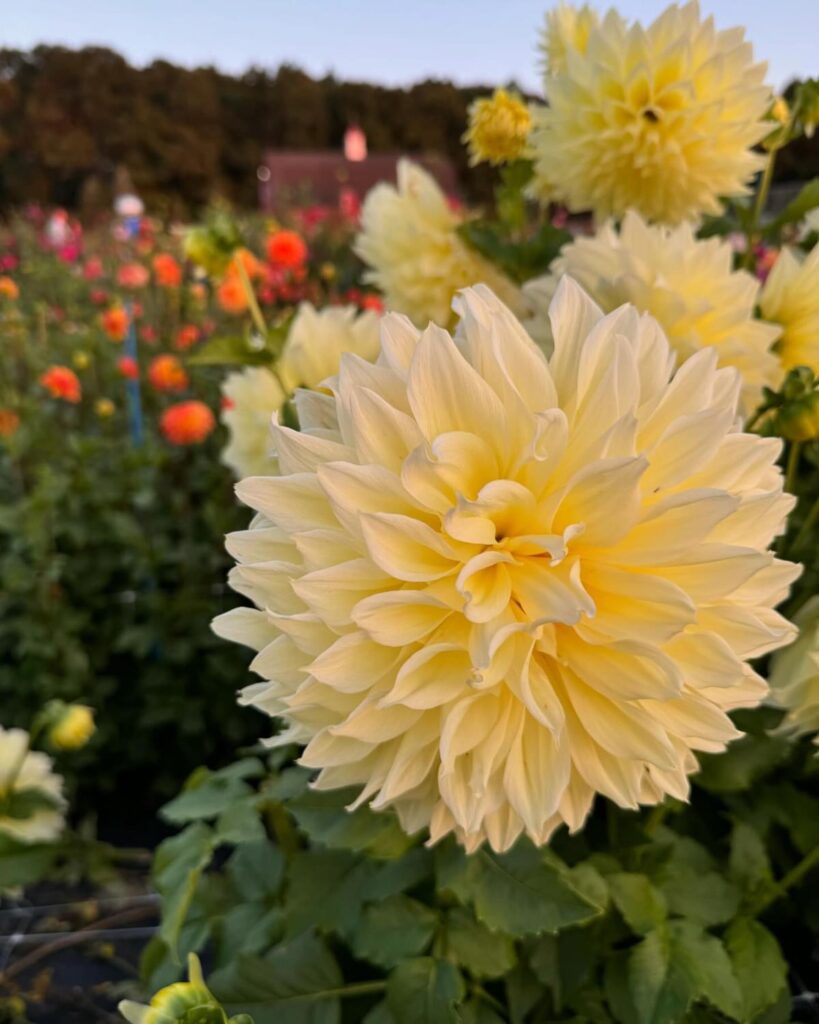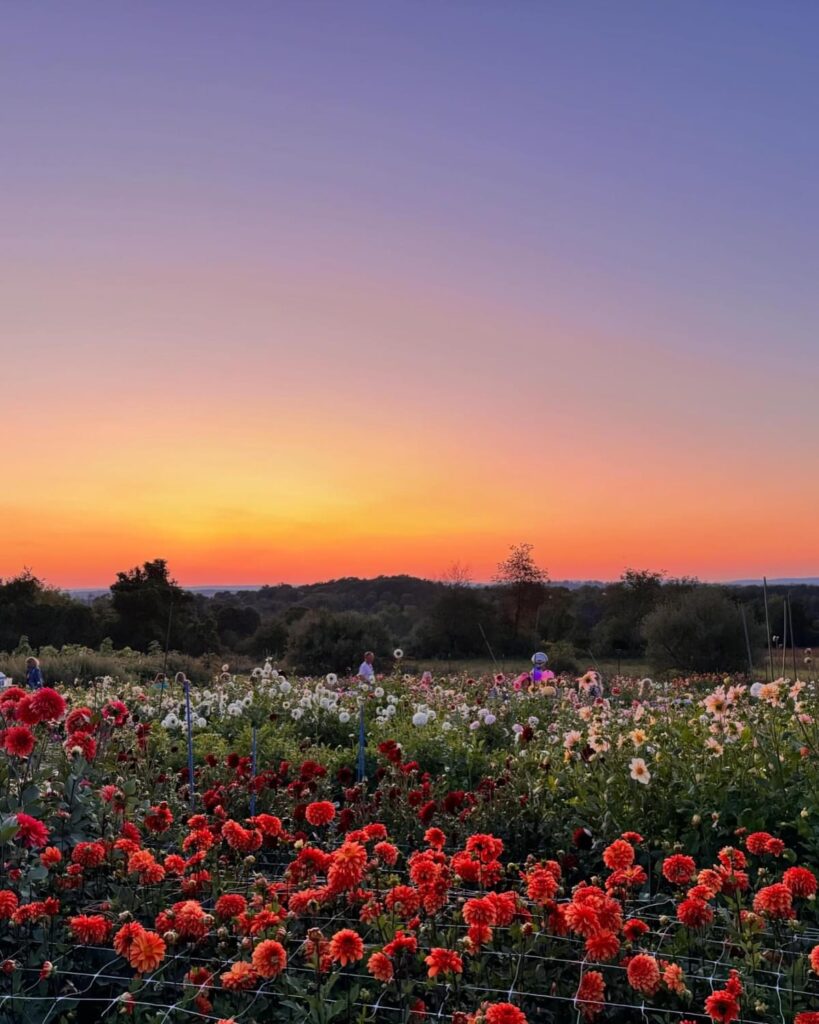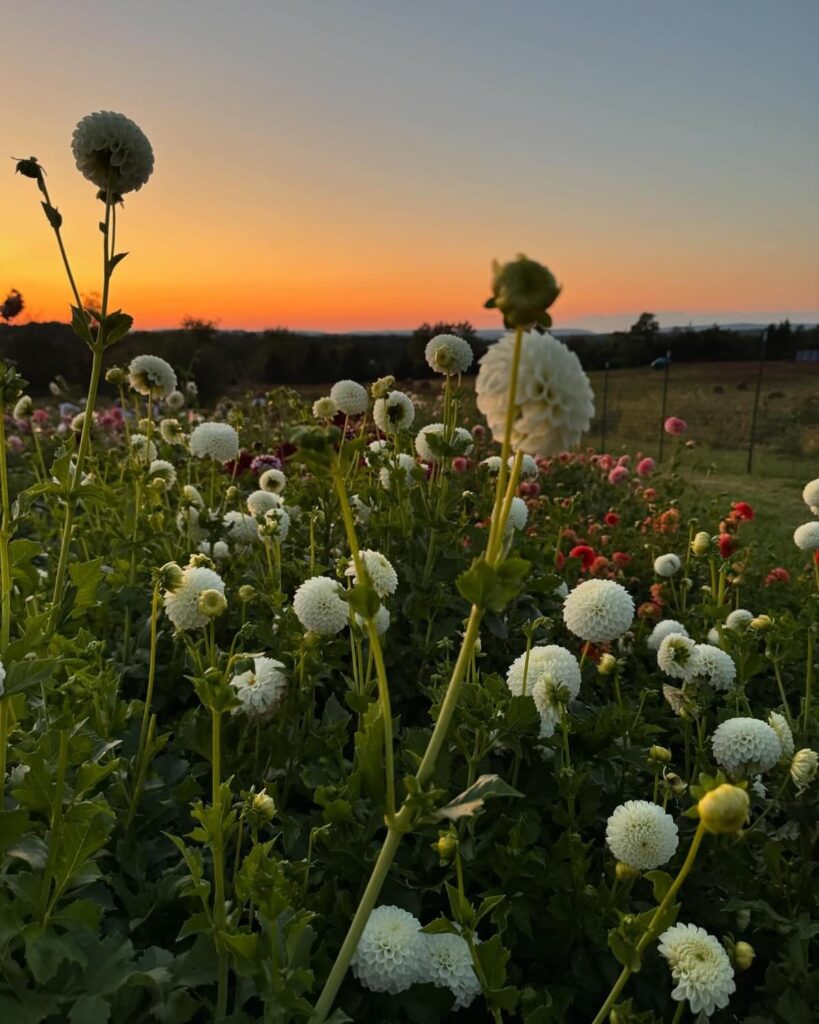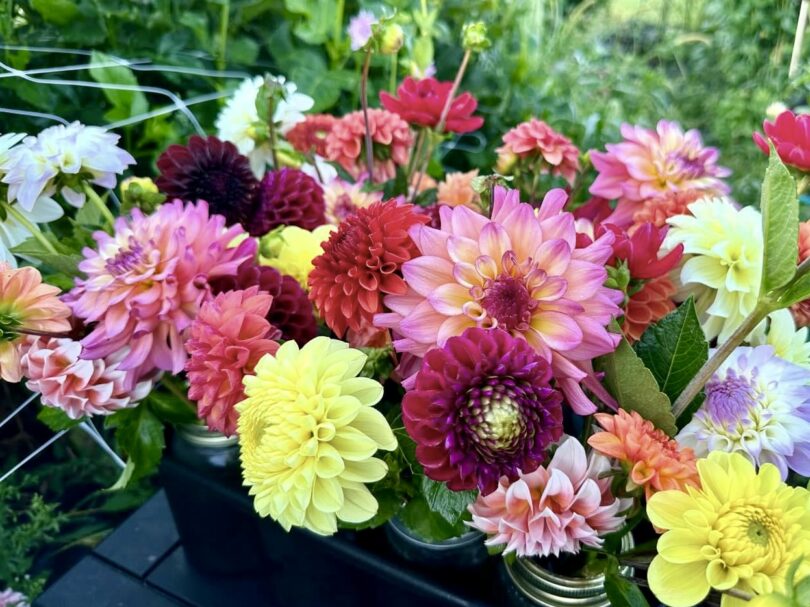Dahlias range in size from petite one-foot plants to towering six-foot-tall beauties with dinner plate-sized blooms. All dahlia varieties come from native origins in Mexico and Central America, growing best as perennials in zones 8 through 11 or as annuals in chillier growing zones.
We love these as companions to our Zone 6 Perennials in New York, and as constantly blooming wonders in our tropical gardens to the south.
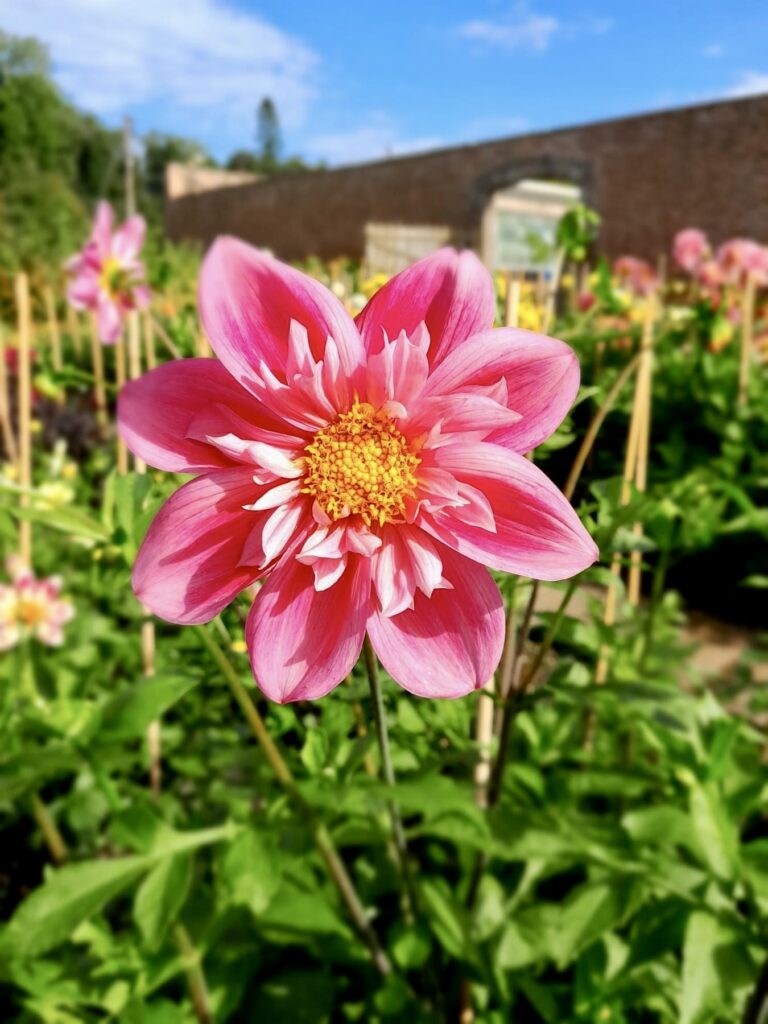
Dahlia varieties to know:
- Single-bloom: These have a single ring of petals around a central disc. Petals may have round edges or pointed. They may even overlap, creating an exciting draw for pollinators. We’ve spotted rare white hummingbirds near this type of dahlia flower.
- Cactus dahlias: These have fully double blooms, with narrow petals throughout that gradually curve outwards. They range in size from miniature to giant and are some of the most popular for dahlia bouquets.
- Semi-cactus: The petals of the semi-cactus dahlia variety have broader bases than full-cactus dahlias and are somewhat rolled. These look like giant fluffballs of floral happiness.
- Anemone: This unique-looking dahlia variety features tubular florets at the centre with often multi-colored petals surrouning. Think of these as a floral fireworks display!
- Pompon: These dahlias are perfect spheres formed of curved petals. Typically a bit smaller than other varities, these offer great visual appeal. We absolutely love them in the Pantone Peach Fuzz shades.
- Ball dahlias: These look similar to their Pompon cousins, though they’re a bit large with less tightly-knit petals. A few of these in a bouquet is sure to make a splash.
- Waterlily: These are appropriately named because they resemble waterlily flowers with broad, shallow double flowers. These are wide and sometimes reach 10 to 15-inch diameters.
- Collarette: These dahlias look sort of like a target with overlapping, large petals surrounding a ‘collar’ of tinier petals. They’re showstoppers, for sure.
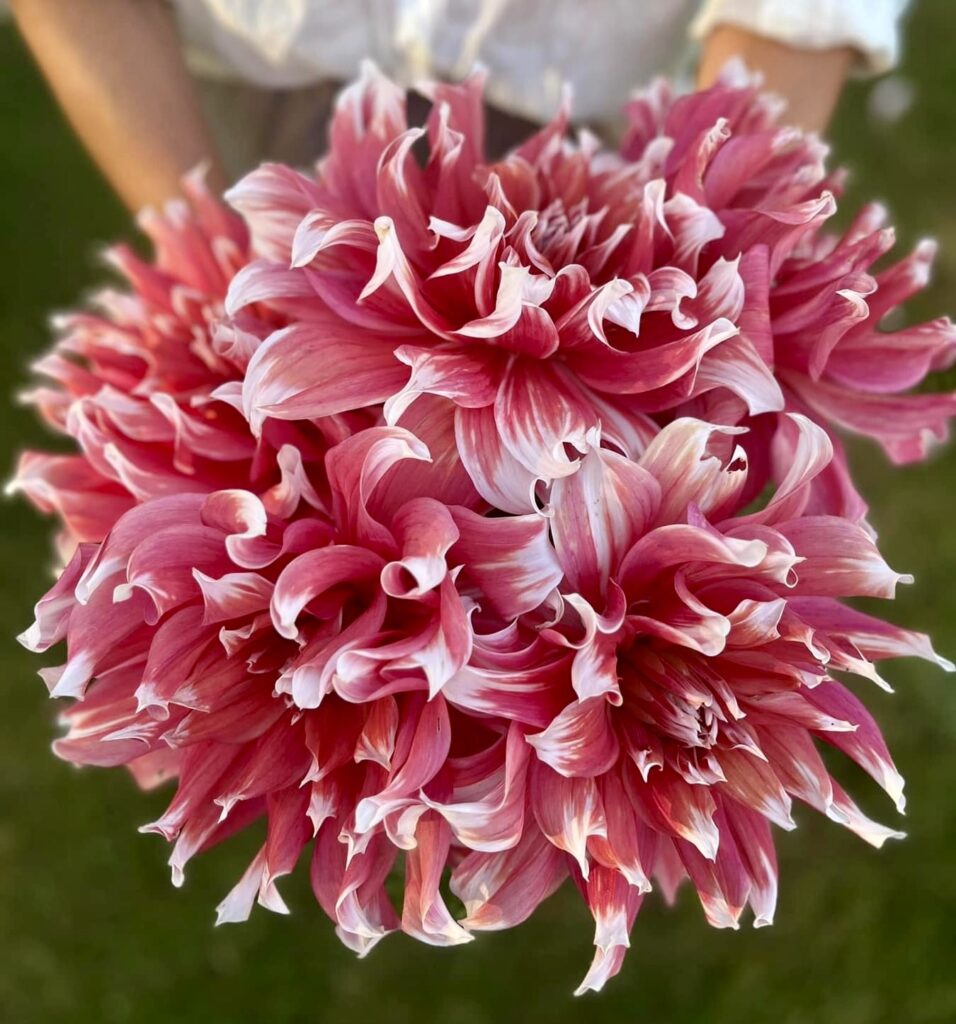
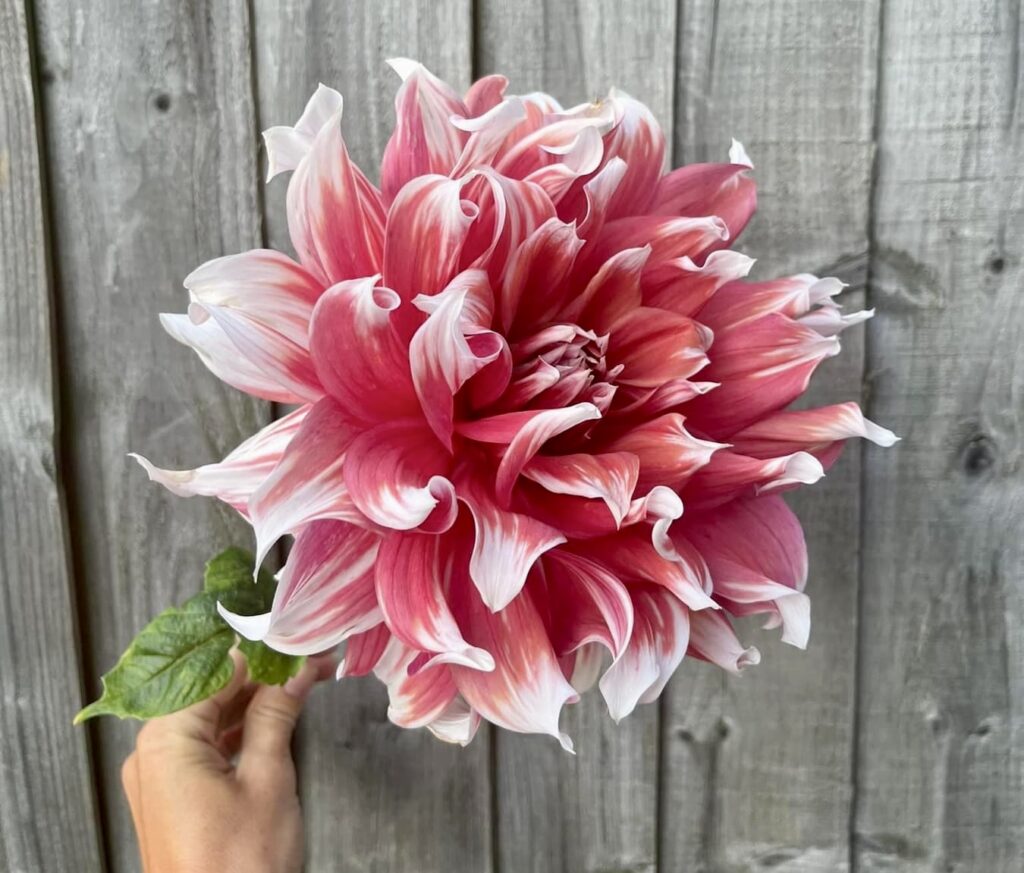
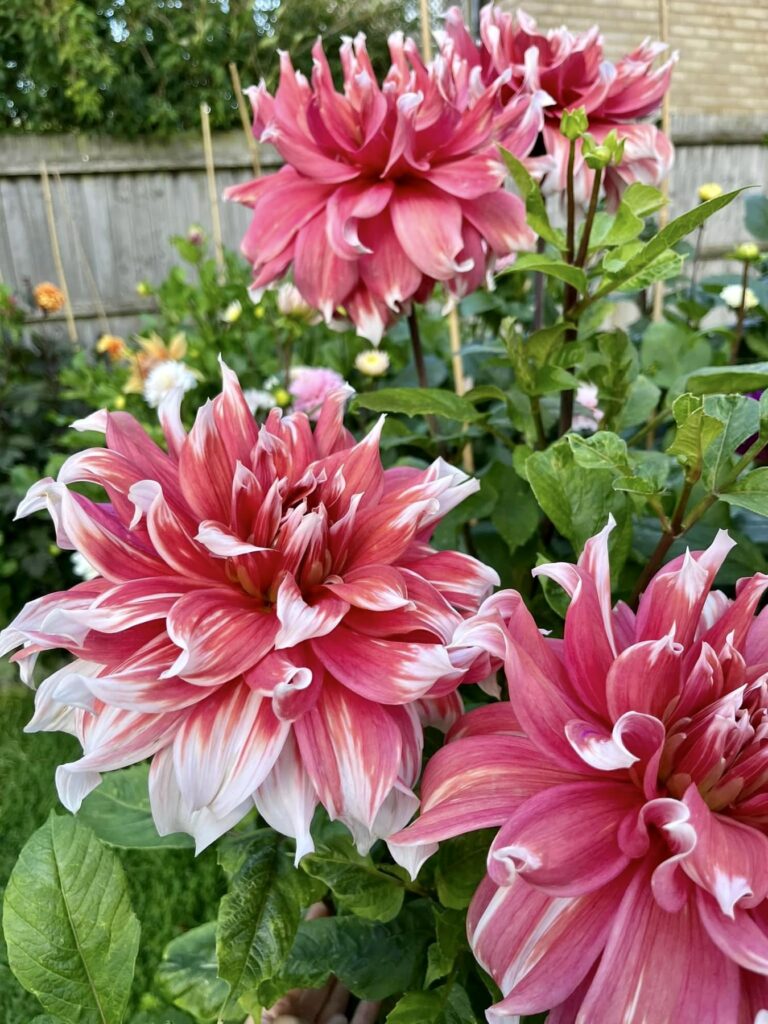
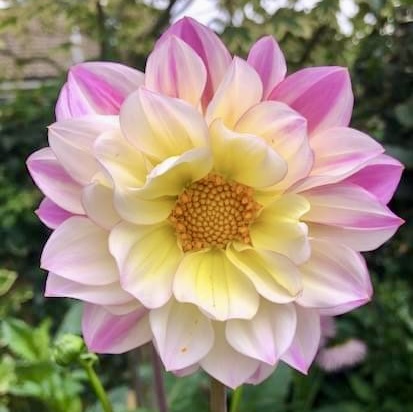
All dahlia varieties are warm-climate plants that cannot tolerate freezing temperatures. If you live in growing hardiness zones 8 through 11 (winter temperatures rarely falling below 20° F), your soil should offer adequate insulation to leave them in the ground year-round.
You’ll just want to trim the stems and leaves in late fall to encourage new growth for spring (or whenever your rainy season hits). These plants love water, but also need well-drained soil.
If you love this story and photos, join the Luxe Living by TheLuxurySpot.com Facebook group.
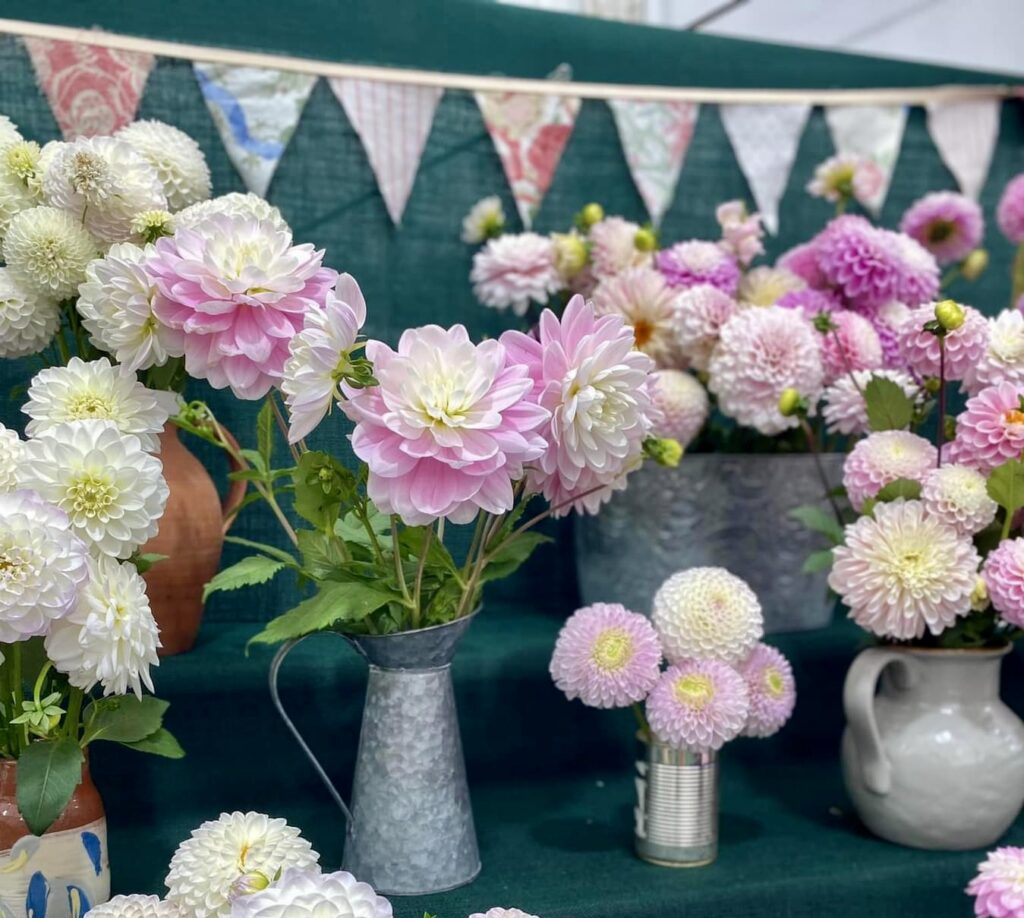
If you live in a colder climate than plant hardiness zone 8, you can overwinter your dahlia tubers with ease.
How to overwinter all dahlia varities:
After the first hard frost, try to leave the tubers in the ground for a week or two. While waiting isn’t essential, it does help to toughen the skin of the tubers. Don’t cut down the plants until right before you dig them. This way water won’t accumulate in the hollow stems.
When you’re ready to dig, cut back all of the stems to within 3-4” of the ground. Re-tie the labels as needed, so they are securely attached. If your dahlias were grown in containers, skip down to the section on packing and storage.
Dig ’em up
Dig up each root ball carefully, starting several inches away from the stem. The root ball may be 12” to 18” across and equally deep, so it’s important to start at least a foot away from the stem. Be gentle, these tubers are really delicate.
Air dry for a couple of days
Let your dug-up root clumps air dry for a couple of days, but make sure there’s no threat of frost. A table or shelf in your garage is probably good. Don’t worry about washing the soil off—that acts as mild insulation and it is good to leave a little on.
Store them in a cool, dry place that won’t freeze
You’ll want to store your dug-up dahlia varities in well-ventilated cardboard boxes or big plastic storage tubs. Fill these halfway with some growing mix and vermiculite. Temperatures between 40 and 50 degrees Fahrenheit are ideal. The goal is to retain enough moisture to prevent the tubers from shriveling like raisins (which could kill them), but allow enough air circulation to avoid rot.
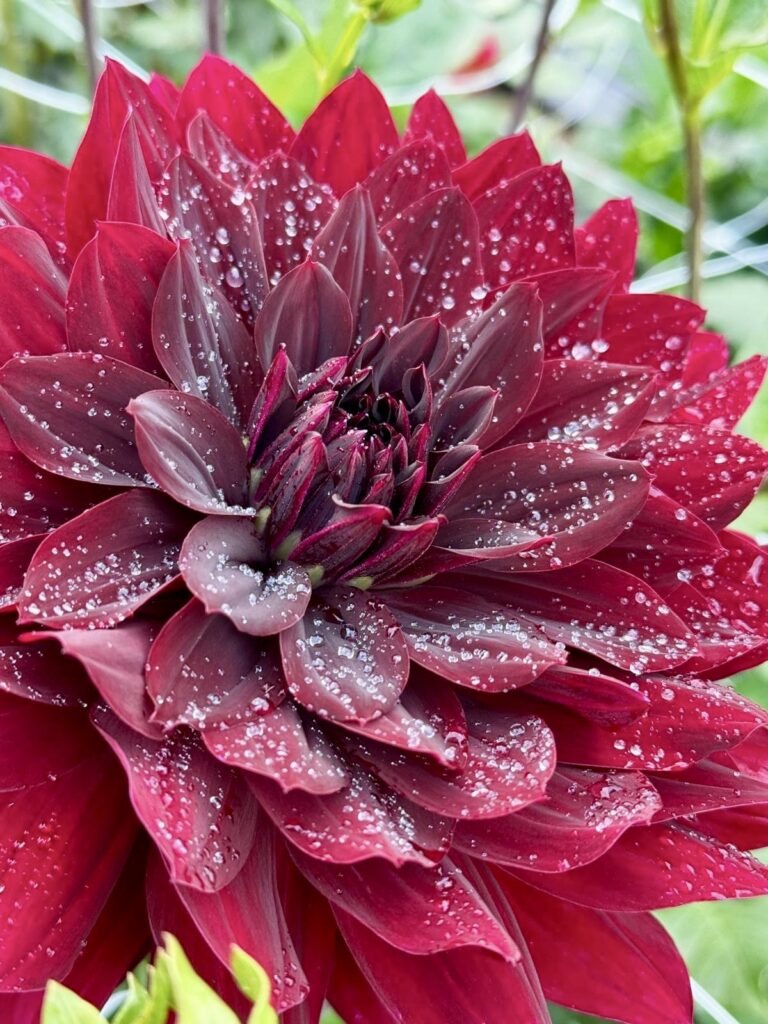
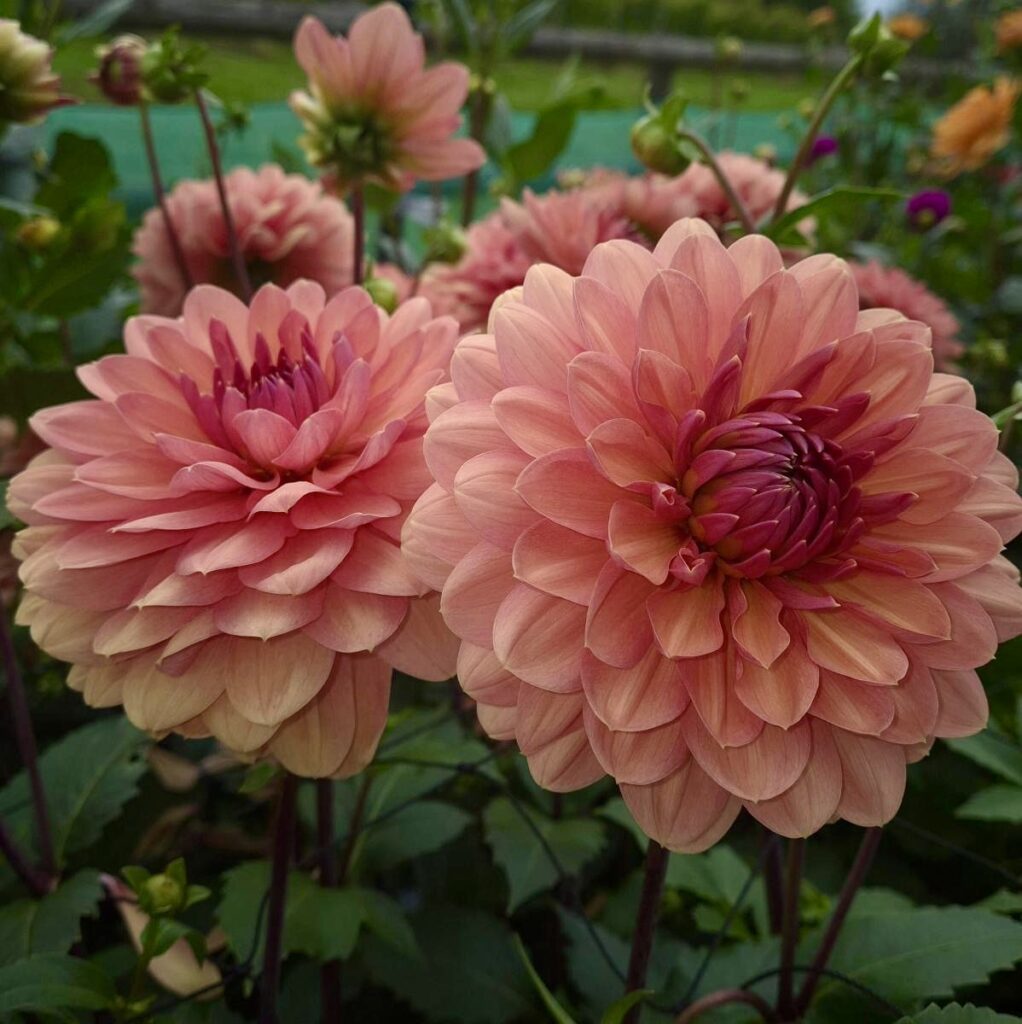
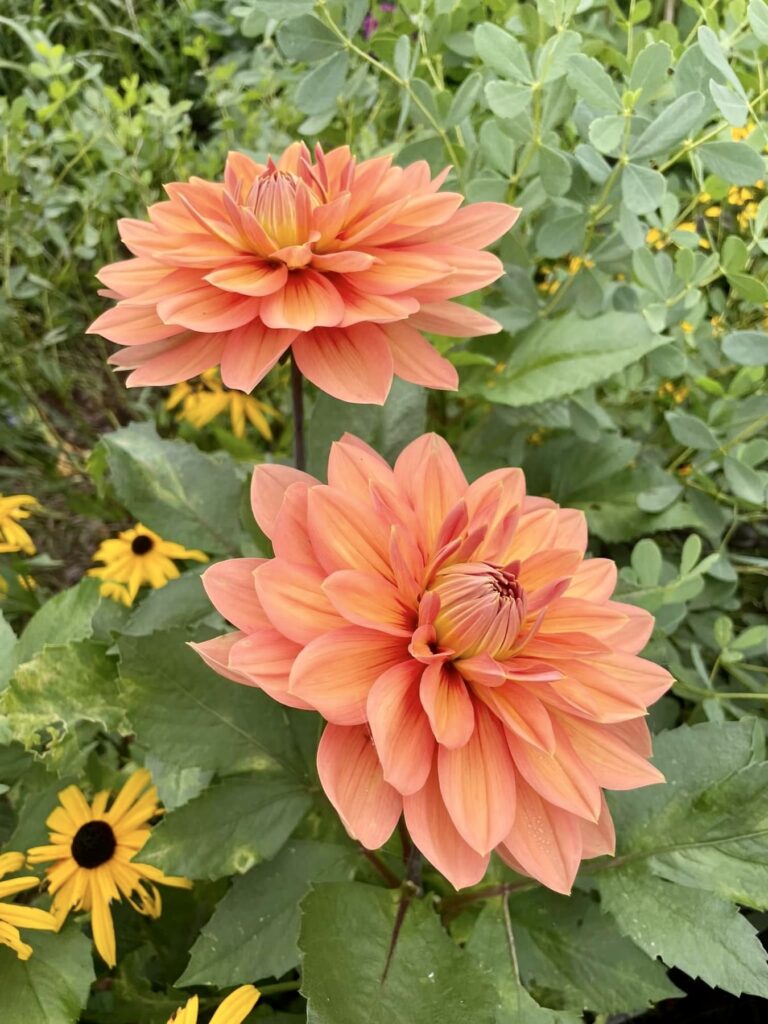
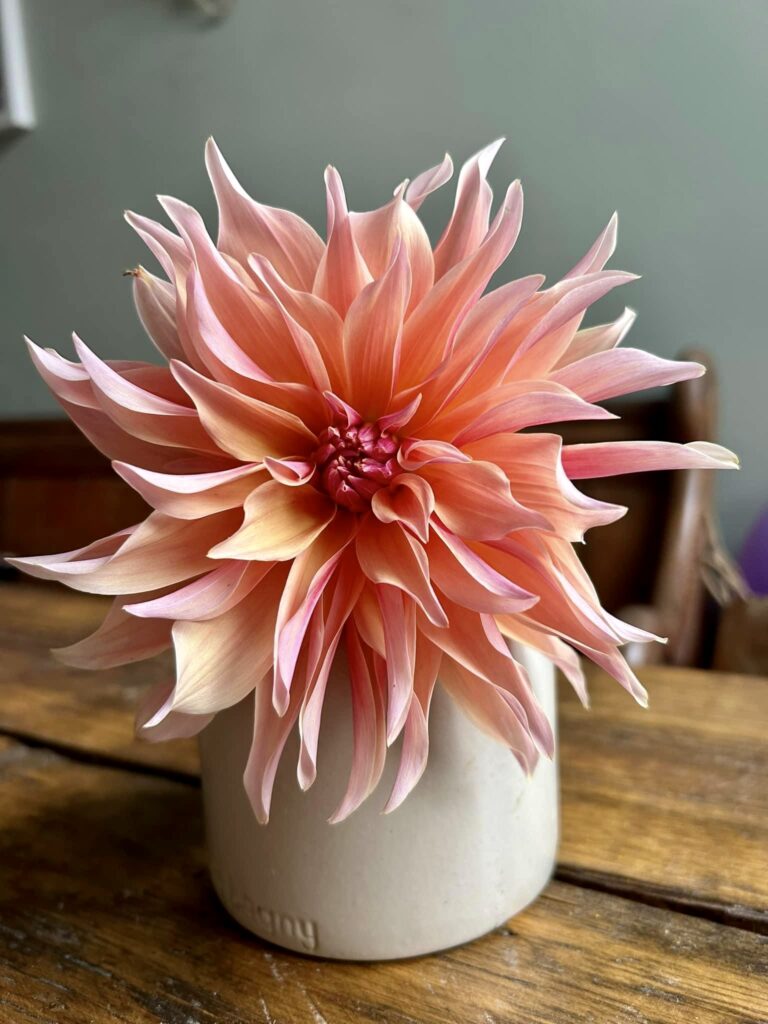
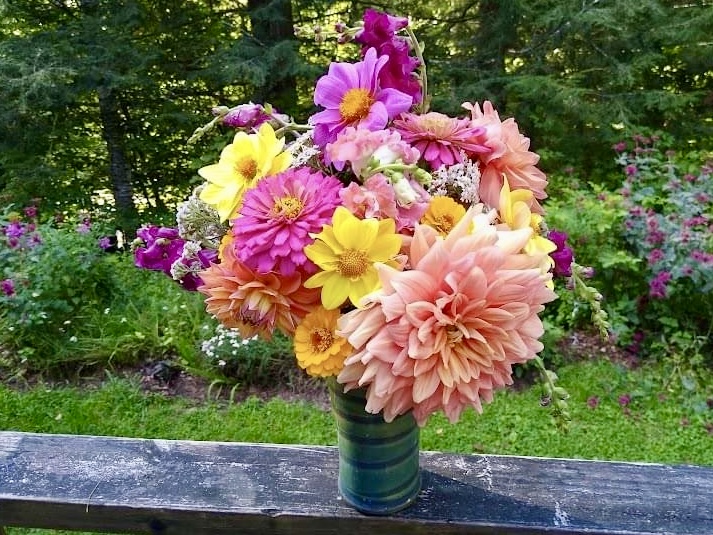
Gear you’ll need
- Pruning shears (we love these for under $15)
- A shovel
- High-quality growing mix (this organic peat-free mix is our favorite and under $7 with free shipping)
- Large plastic or cardboard bins
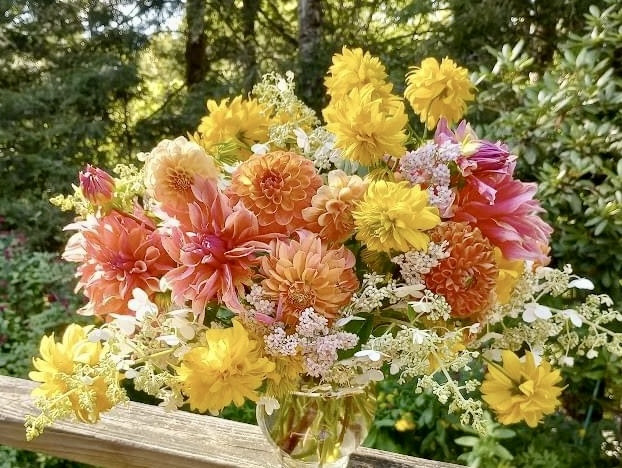
If overwintered properly, all your favorite dahlia varieties will come back (and increase!) year after year. If you live in a warm climate and keep these in the ground as perennials, expect robust growth and spreading.
You’ll be able to divide your tubers each spring to plant in new areas or share your favorite blooms with friends.
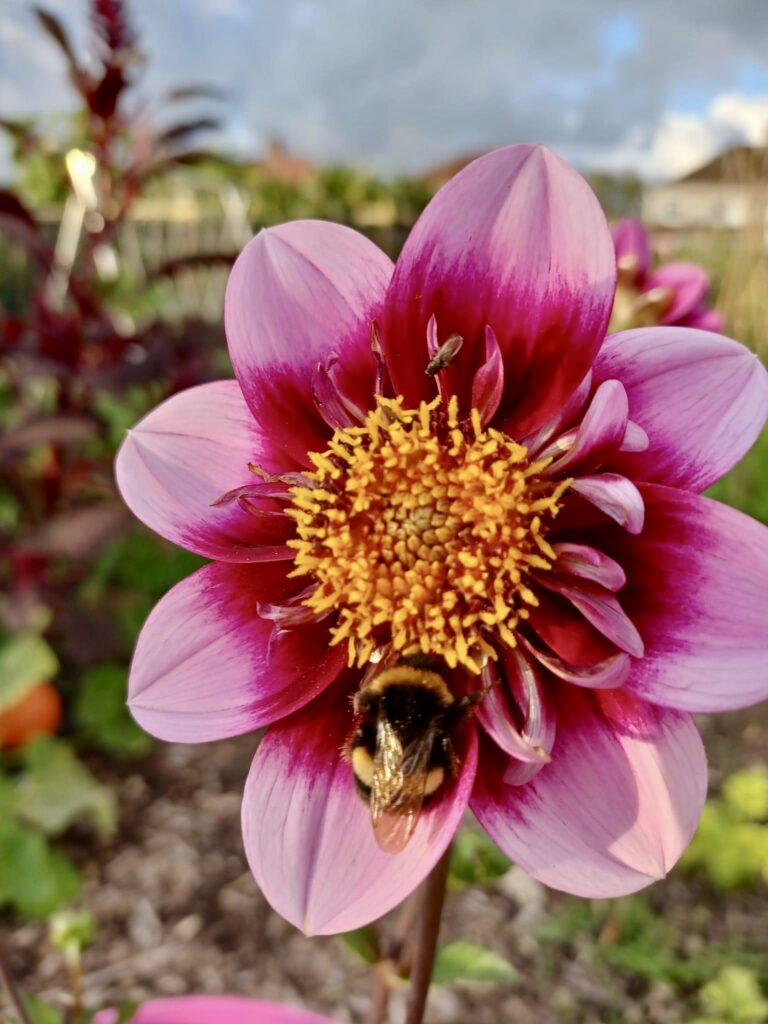
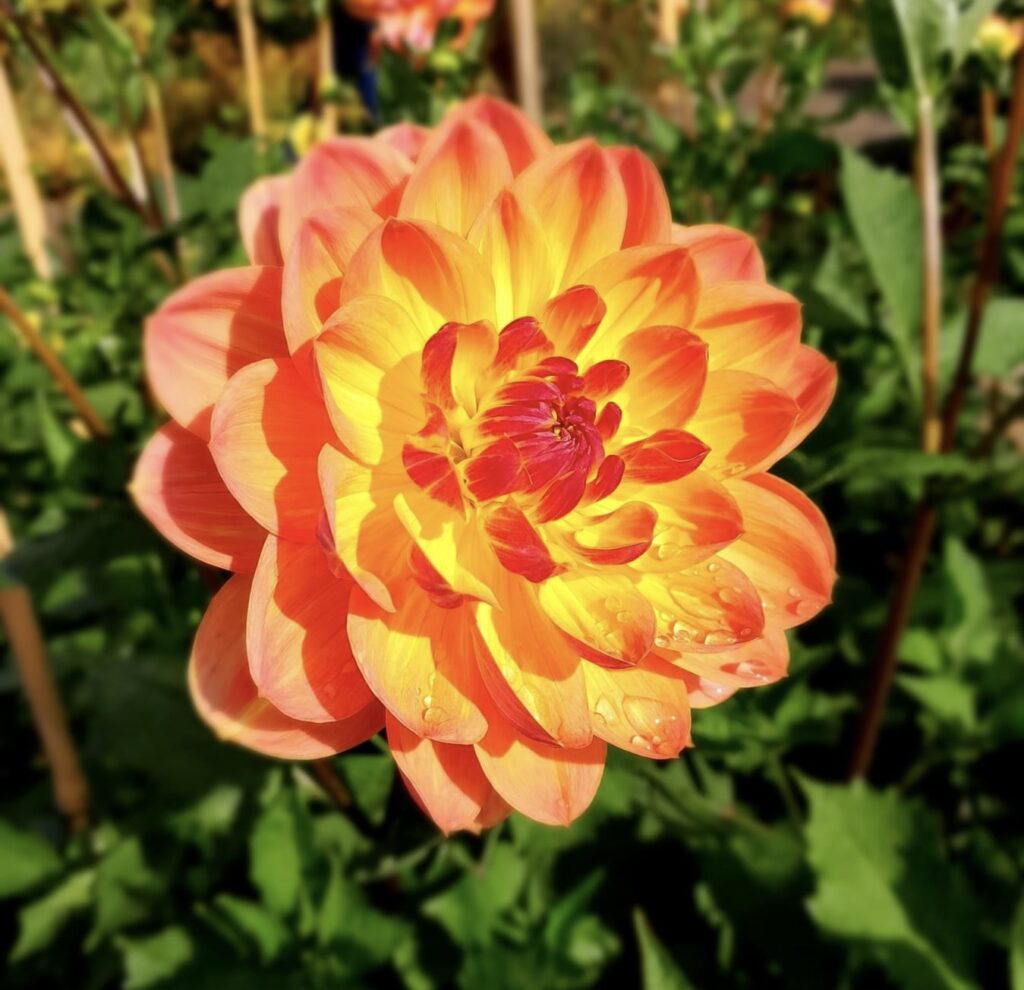
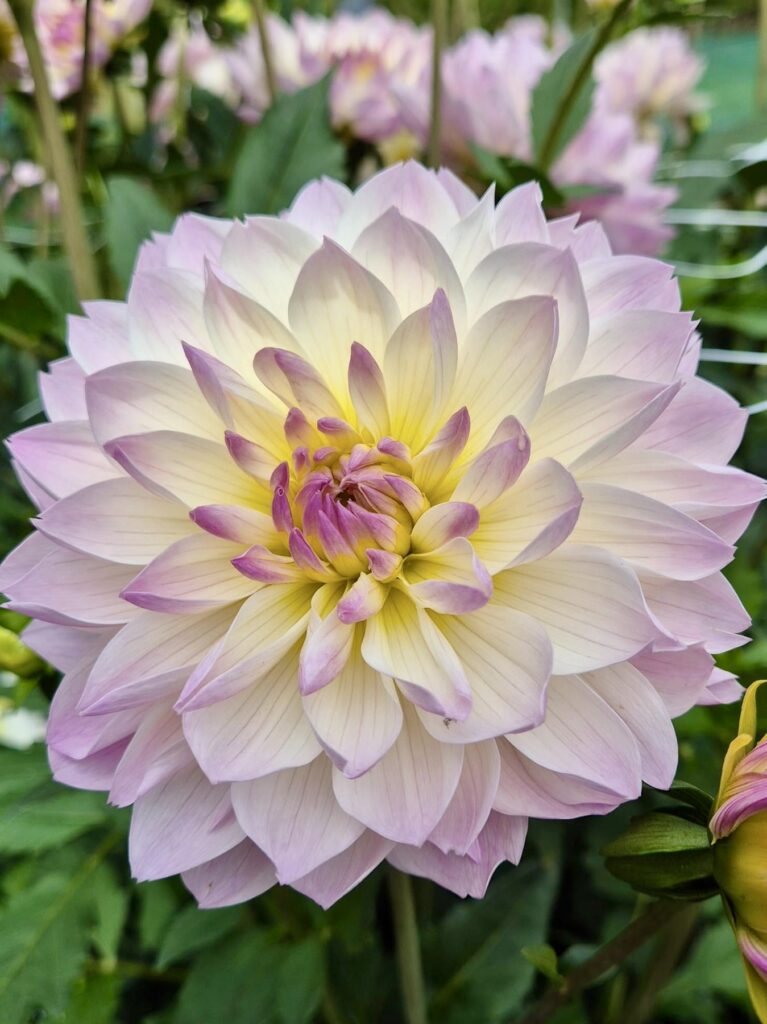
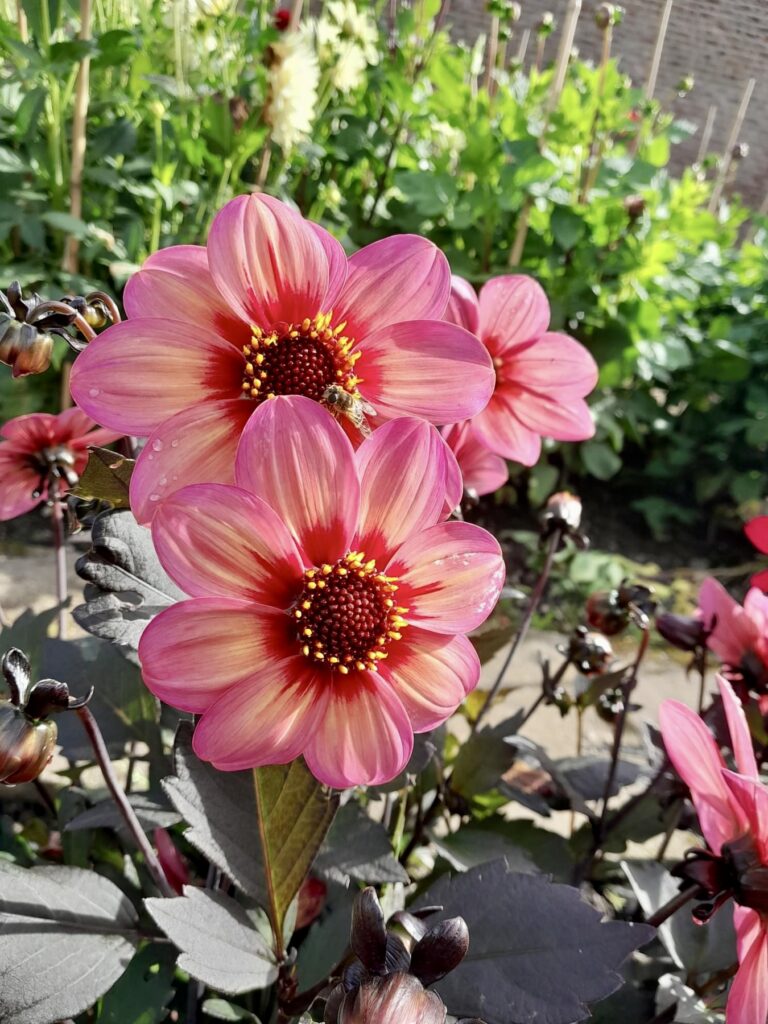
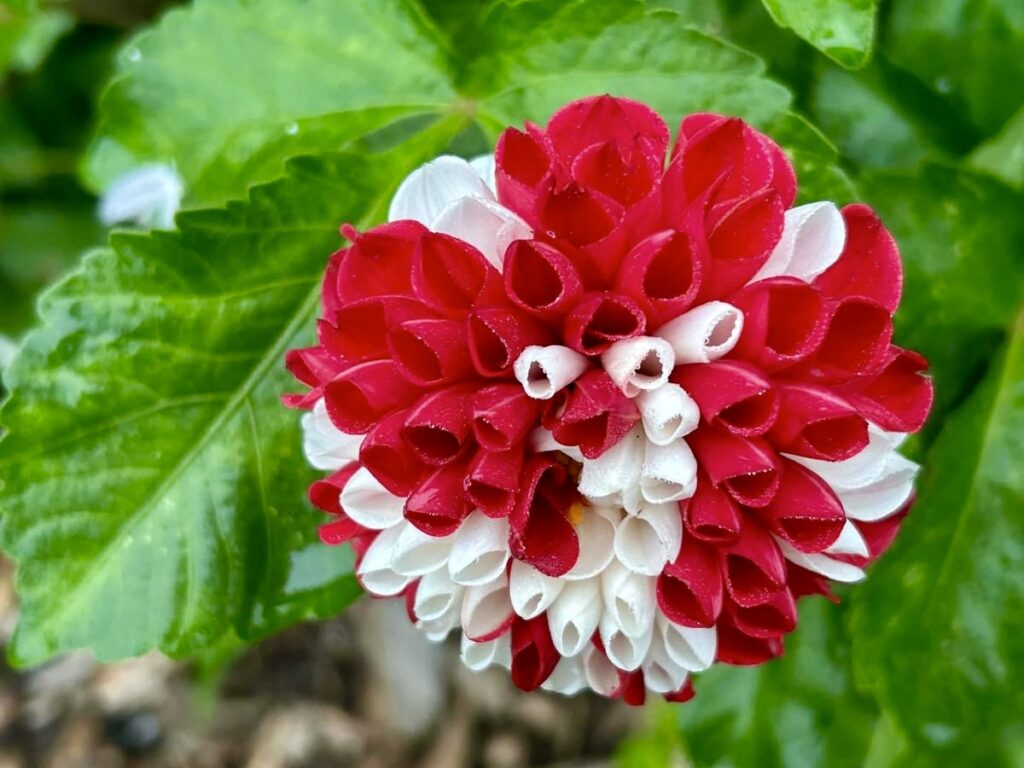
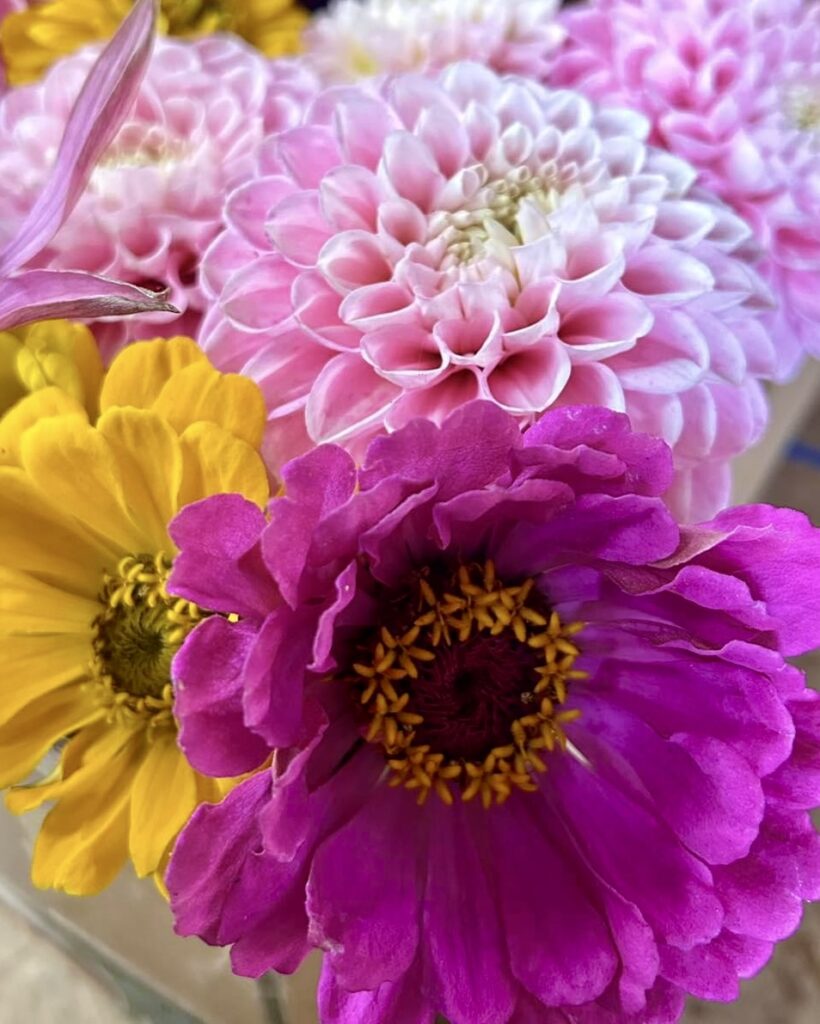
If you’re wondering about dahlia seeds, yes—all dahlia varities will give off seeds at the end of their growing season if they were properly pollinated (and pollination isn’t a problem in most areas because these flowers attract bees like crazy!).
But with showier, fancier dahlia types with extremely curated colors and designs, growing new plants from seed is risky business. Oftentimes the seeds don’t come true to the original plant.
If you love all dahlia types and don’t really care which variety you end up with, growing these stunners from seed is a good option. And they’re fun gifts for garden-loving friends!
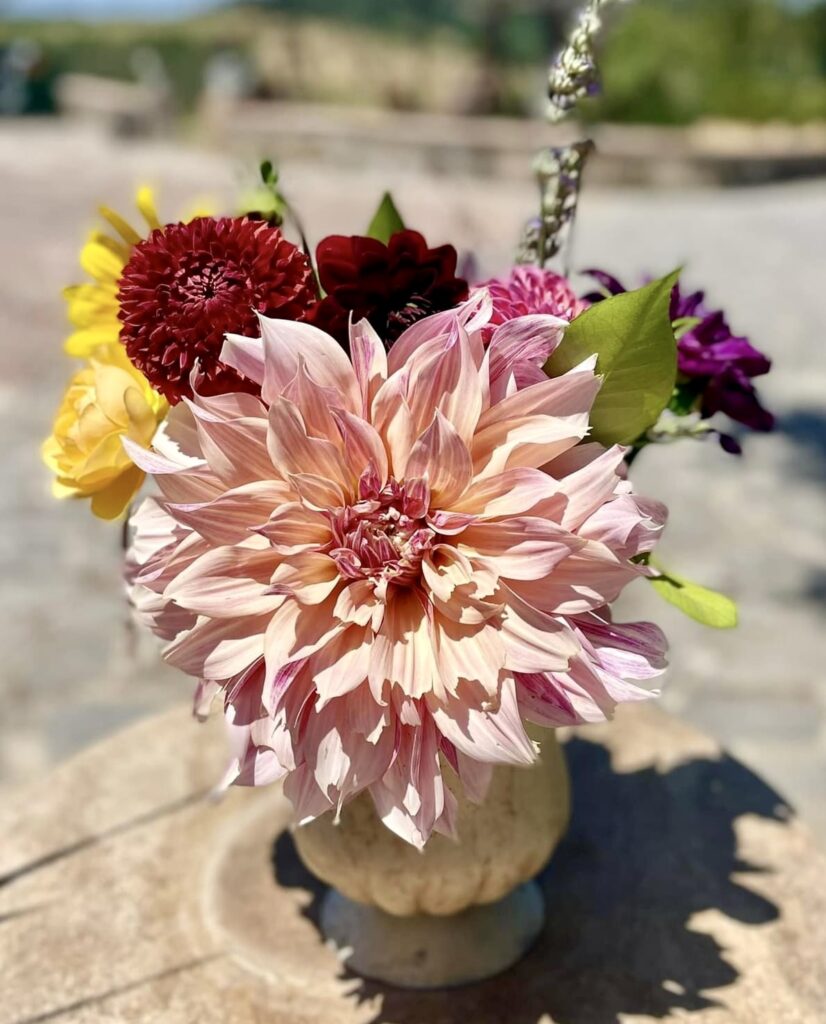
We just love how posh, vibrant and expensive-looking dahlias turn any landscape or bouquet. These make ideal wedding centerpieces and showy countertop displays.
If you love this story and photos, join the Luxe Living by TheLuxurySpot.com Facebook group.
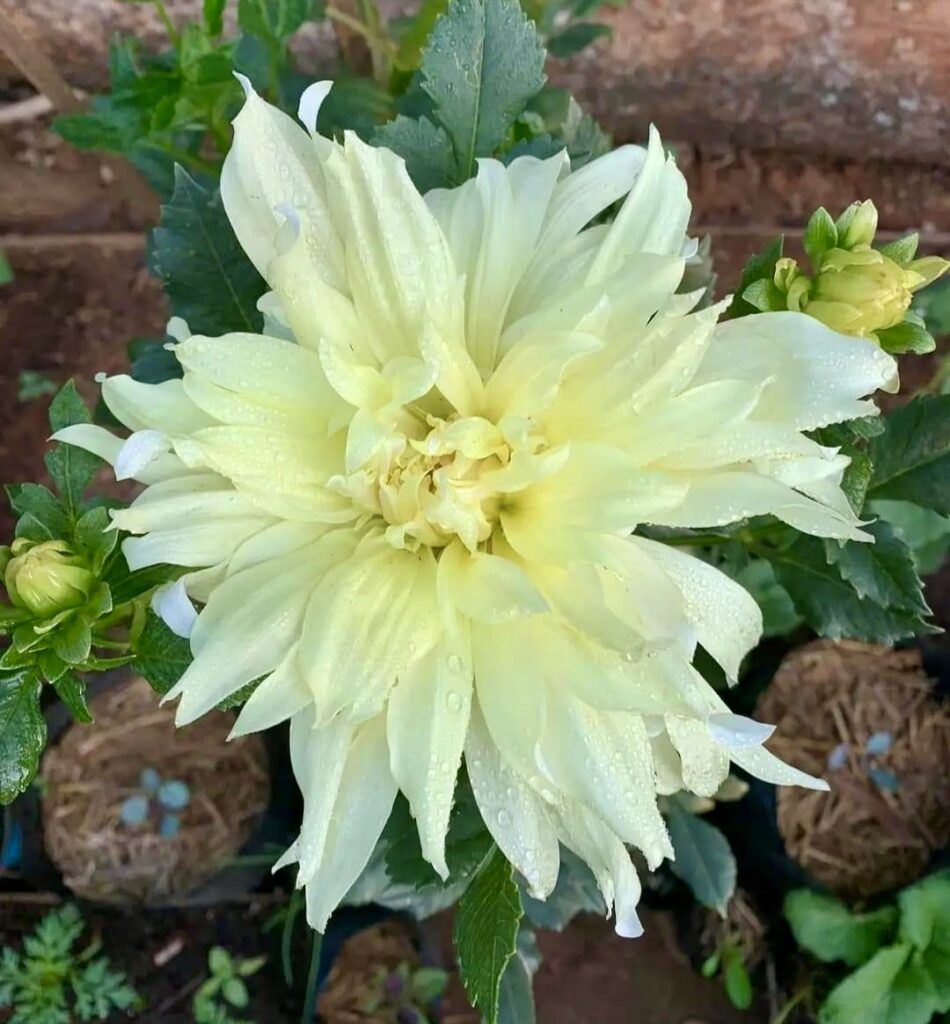
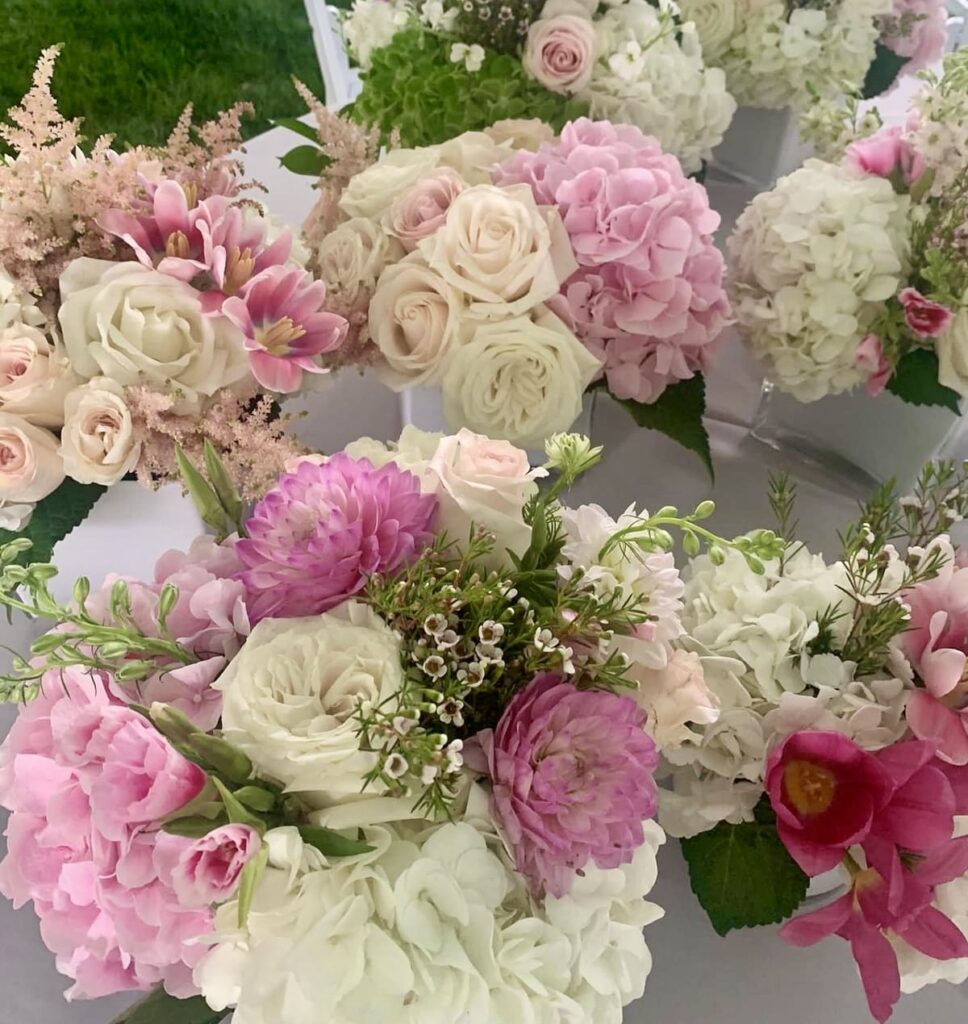
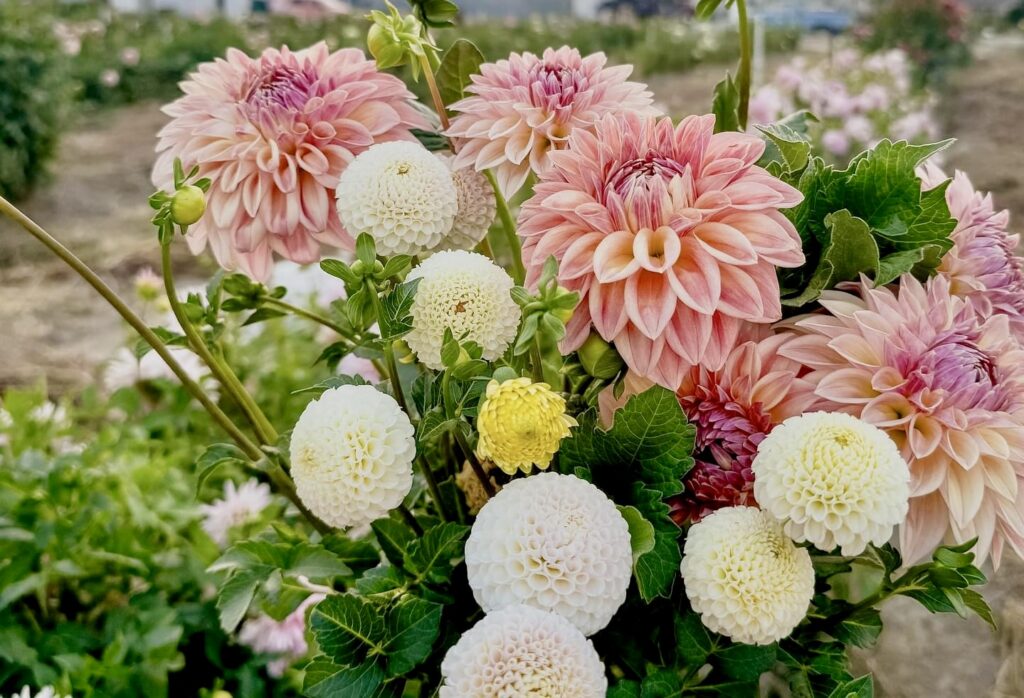
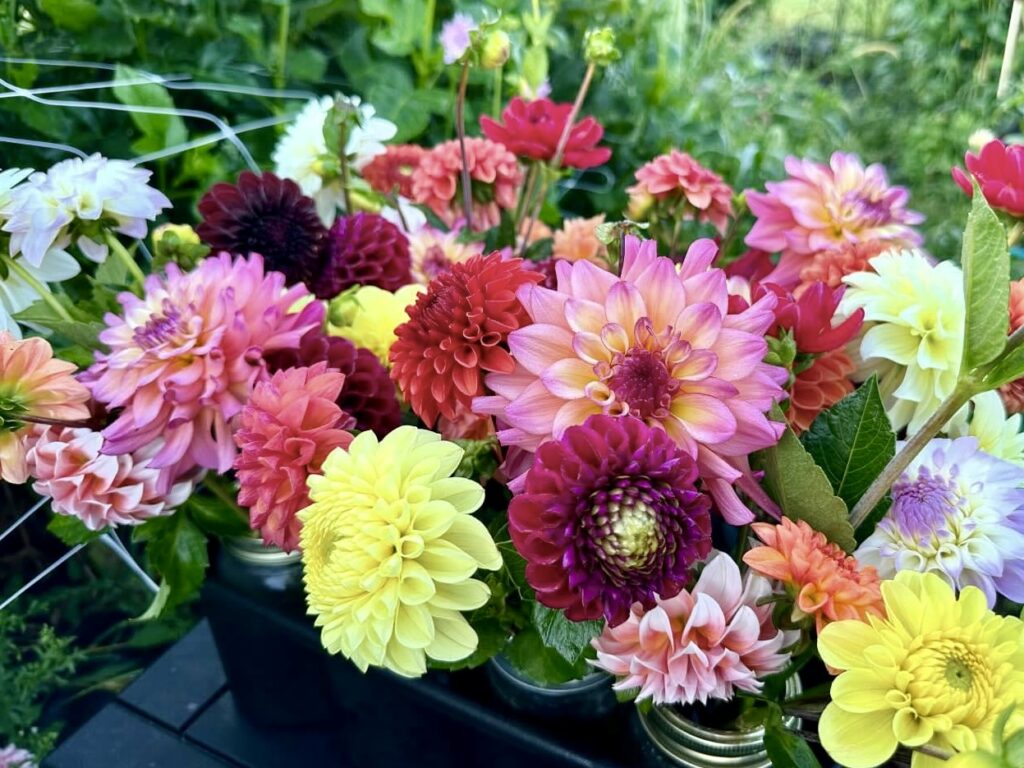
If you love this story and photos, join the Luxe Living by TheLuxurySpot.com Facebook group.
A few more glorious dahlia varieties before you go:

